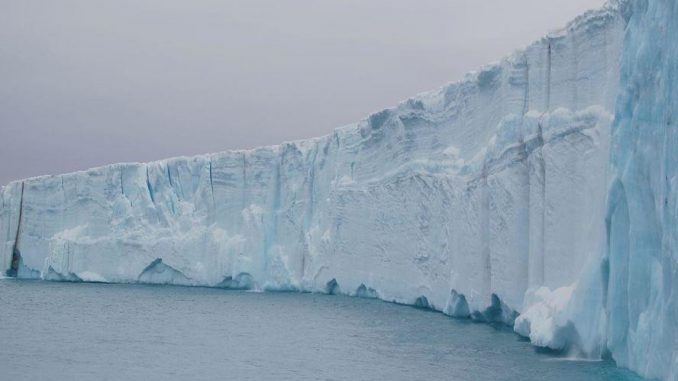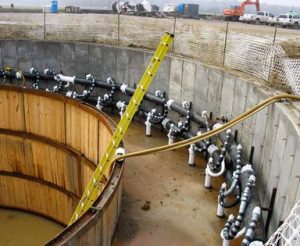
Japan plans to build a 1.5-km-long underground refrigeration system around the Fukushima nuclear power plant in the hope of containing groundwater contamination around the crippled facility.
Radioactive water has been seeping into the groundwater and the ocean following the tsunami and earthquake of March 2011.

BYPASS THE CENSORS
Sign up to get unfiltered news delivered straight to your inbox.
You can unsubscribe any time. By subscribing you agree to our Terms of Use
Latest Video
Science alert reports:
The move comes after swimming robots specially designed to remove Fukushima’s melted fuel rods ‘died’ within days of starting their mission this month, due to high levels of radioactive material destroying their wiring. The new plan is to instead freeze a wall around the area so the contaminated water can’t leach out into the Pacific Ocean.
If that sounds pretty extreme, that’s because it is – the refrigeration system is going to cost the Japanese government about 35 billion yen (US$312 million) and is already more than a year behind schedule… and some experts still aren’t convinced it’ll work.
The plan involves putting huge refrigeration pipes 30 metres underground, which will freeze the soil solid around them, eventually creating a 1.5-km wall around the reactor and turbine buildings.
The problem is that the damaged reactors at Fukushima have to be cooled down with a whole lot of water to keep their melted cores from overheating, and that contaminated water then leaks out through cracks in the basement of the reactors into the environment – prompting nearby farmers to use polyester soil to grow their crops to avoid radioactive groundwater.
Traces of Fukushima radiation has also been found in the Pacific Ocean, making it as far as the US West Coast in low levels. Without a safe way to remove the melted fuel rods – RIP Fukushima robots – the problem isn’t going away anytime soon, and so the goal for now is to simply contain that radioactive water as best we can.
Similar ice wall methods have been used in the past to block water from parts of tunnels and subways, but an ice wall of this scale has never been tested – the clean-up of Fukushima is expected to take decades, and past ice walls have only lasted six years at the most.
When asked if the ice wall would be worth the cost at a meeting on Wednesday, Toshihiro Imai, an accident response official with utility company TEPCO, said: “Its effect is still unknown, because the expected outcome is based on simulations.”
Chairman of the Nuclear Regulatory Agency, Shunichi Tanaka, also added that a lot of the project’s success will come down to nature, which is always risky. “It would be best to think that natural phenomena don’t work the way you would expect,” he told reporters.
Still, the refrigeration pipes are now complete, and the Japanese Nuclear Regulation Authority has given the okay for them to be turned on this week, with the goal of freezing the ice wall over the next few months.
The first part of the refrigeration structure to be turned on will be closest to the Pacific Ocean to stop the water from spilling out there. The rest will then be turned on in phases to make sure it’s working as it’s supposed to.
We have all our fingers crossed that everything goes to plan, because we definitely need to find a way to protect the environment from further damage while we come up with a way to clean up the nuclear waste for good.
IEEE Spectrum YouTube video:


